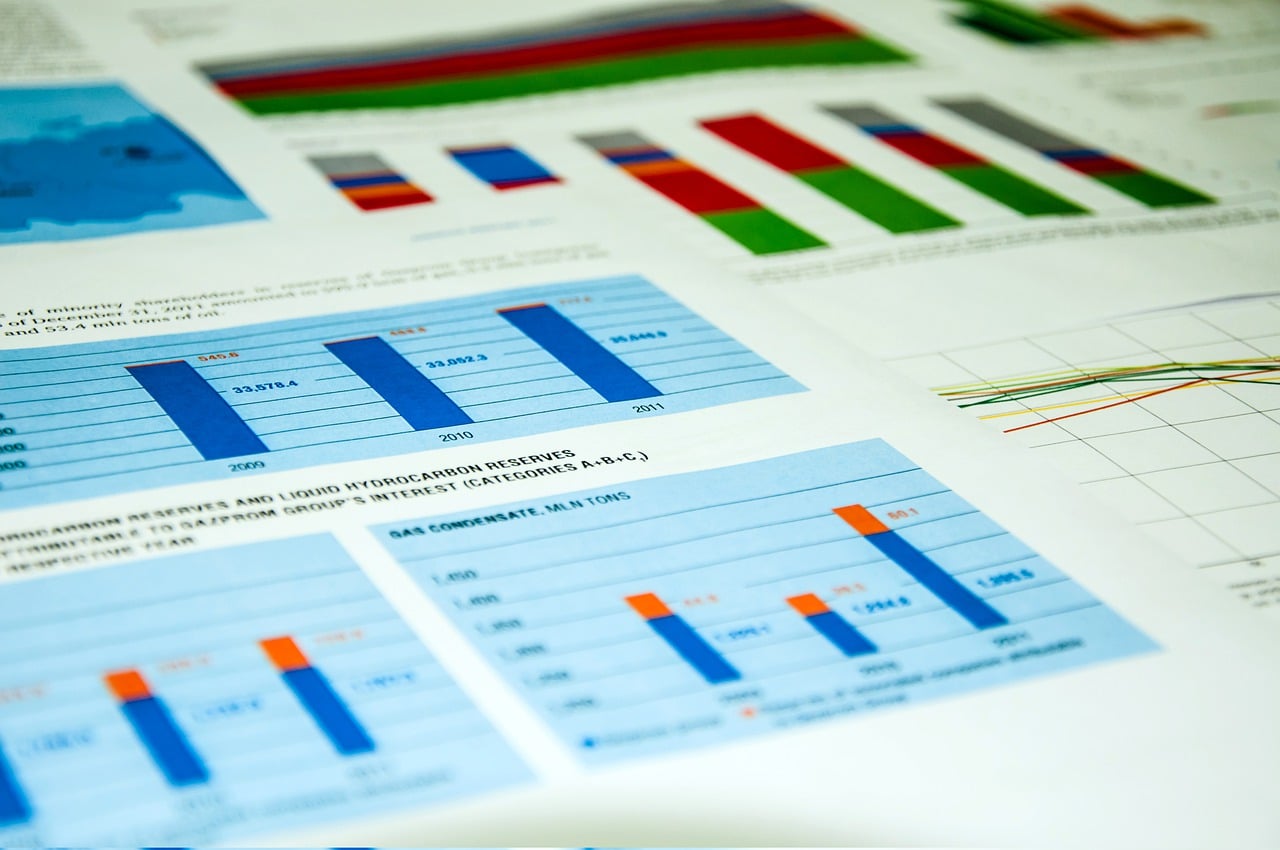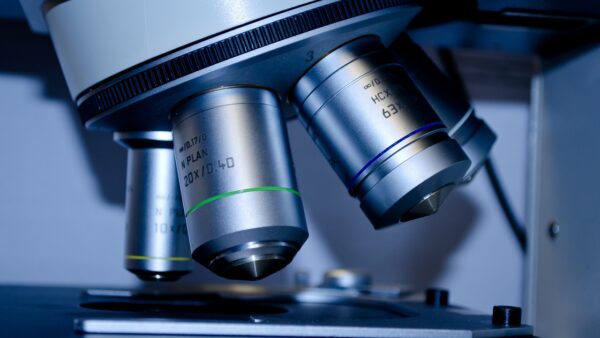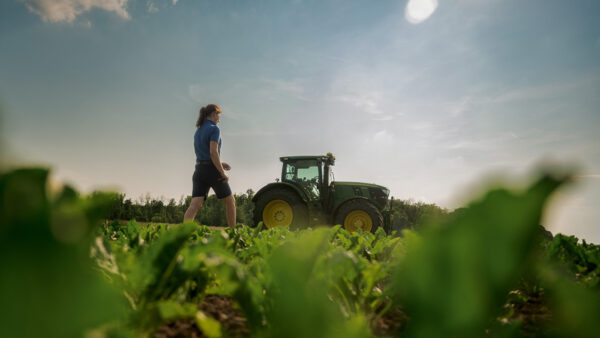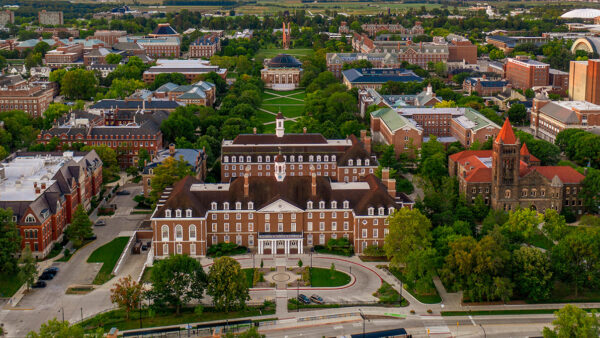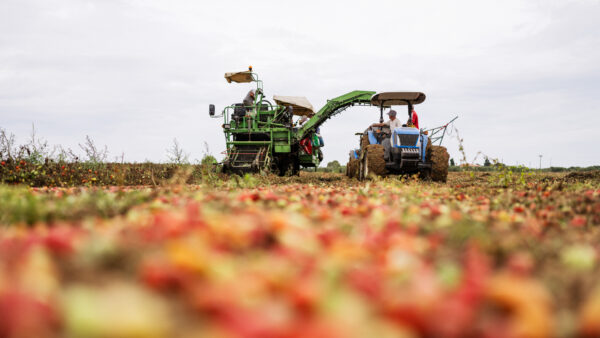The Intergovernmental Panel on Climate Change (IPCC) believe that halving emissions by 2030 might be the only way to limit global warming to 1.5 °C, according to their latest report, Climate Change 2022: Mitigation of Climate Change.
This report focuses on strategies to combat climate change and is the third installment of the IPCC’s Sixth Assessment Report (AR6). It was approved on April 4, 2022. The report’s predecessor, the climate system report, was released in August 2021, with the consequences of climate change following this February 2022.
“By 2060, our population (U.S.) is expected to grow to somewhere between 400 and 500 million, and we could see a net forest loss of up to 15 million hectares,” according to the USDA’s Forest Service.
As the world population expands, a reduction in climate change is necessary.
“The EU and New Zealand have already achieved results in improving agriculture. There is also less deforestation and increased recovery of forests, especially in some tropical regions, China, the United States and the EU,” shared Gert-Jan Nabuurs, Wageningen scientist and the lead author of the chapter on land use and agriculture in an interview with Wageningen University.
Although deforestation has decreased, there is still much room for improvement, according to Nabuurs.
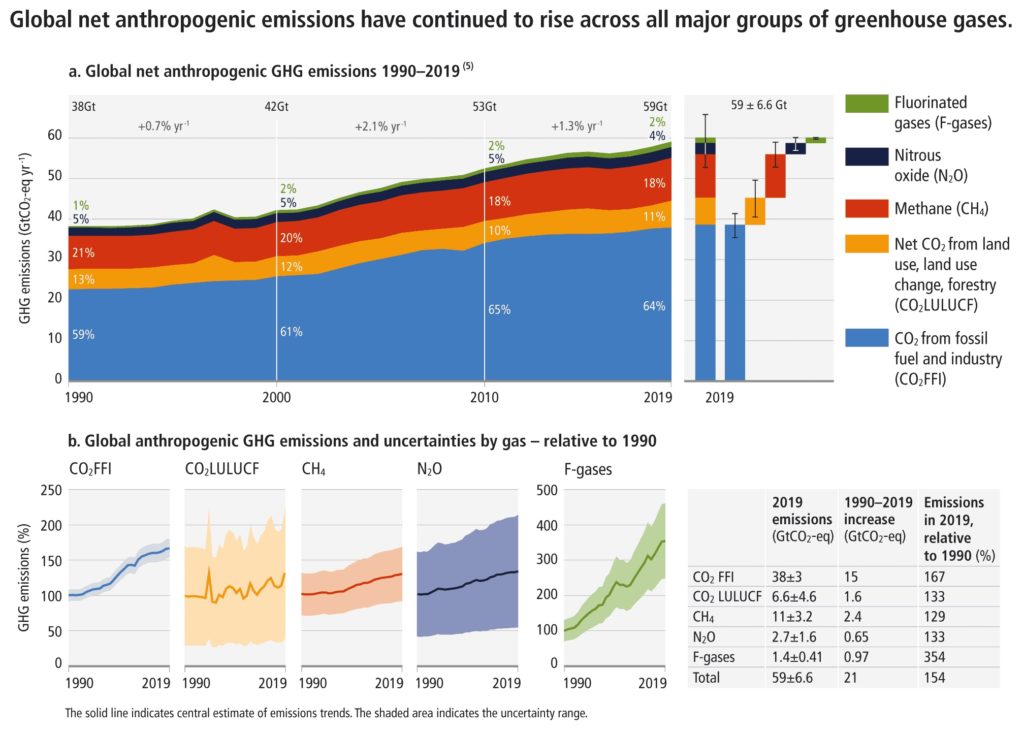
How to Decrease Emissions
“Having the right policies, infrastructure and technology in place to enable changes to our lifestyles and behavior can result in a 40-70% reduction in greenhouse gas emissions by 2050. This offers significant untapped potential,” shared Priyadarshi Shukla, IPCC Working Group III Co-Chair in a press release from IPCC. “The evidence also shows that these lifestyle changes can improve our health and wellbeing.”
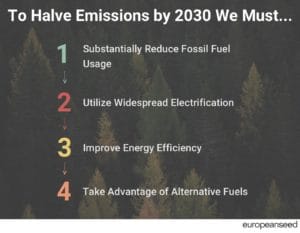
Cities and other urban communities offer crucial opportunities to reduce emissions. Lower energy consumption, electrification of transport and low-emission energy sources can help combat climate change, stated the press release. An increase in carbon uptake and storage through nature presents another option.
In order to reduce emissions, communities must use materials more efficiently, reuse and recycle products and minimize waste. The utilization of agriculture, forestry and other land can result in emission reductions, yet land alone will not make up for delays from the other sectors, according to the release.
What is the Future of Emissions and Global Warming?
“It’s now or never, if we want to limit global warming to 1.5¬∞C (2.7¬∞F),” said Jim Skea, IPCC Working Group III Co-Chair, in the release. “Without immediate and deep emissions reductions across all sectors, it will be impossible.”
This assessment shows that in order to reach climate goals, warming needs to be restricted to no more than 2°C (3.6°F). In addition, global greenhouse gas emissions must peak before 2025 and decrease by a quarter by 2030, stated the report.
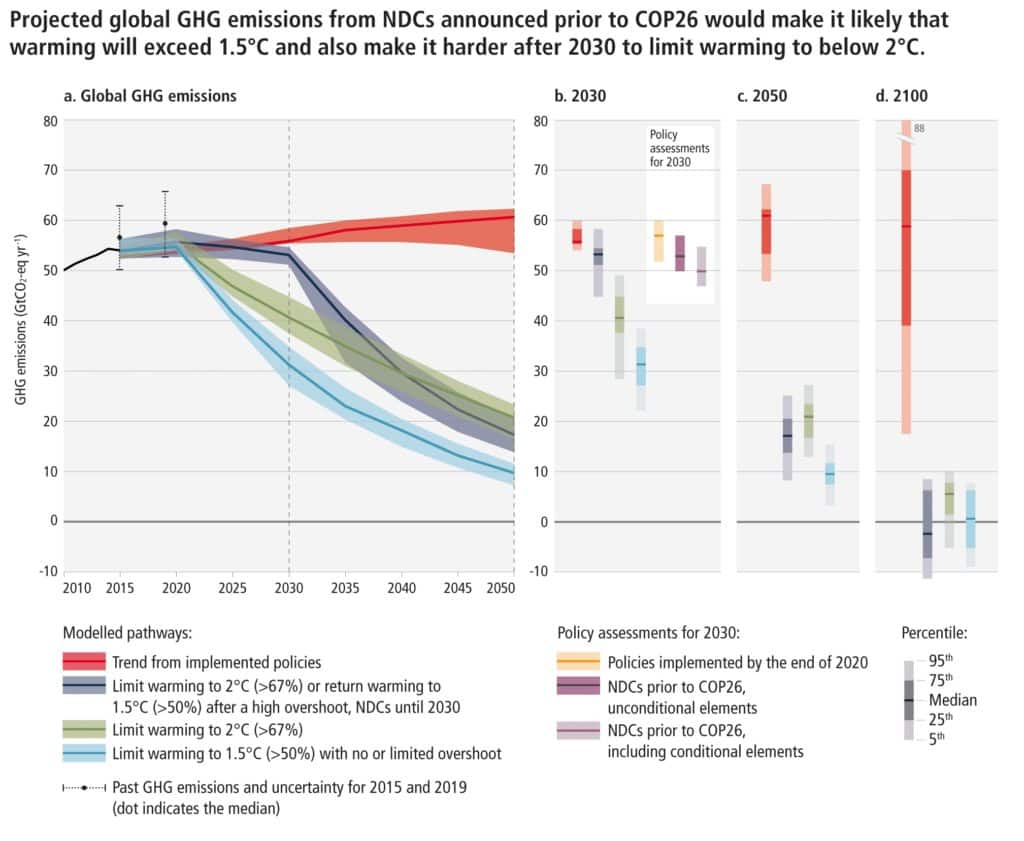
Read More About Climate Issues:
How to Respond to Climate Issues as a Seed Company?
Consumers Weigh in on the Carbon Market and Climate Change
Rising to the Challenge of Climate Change


